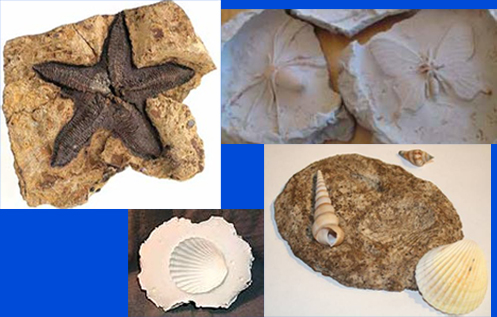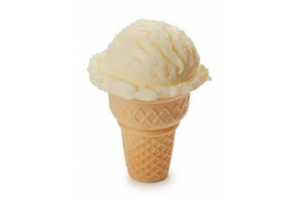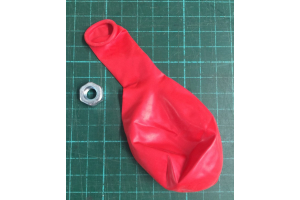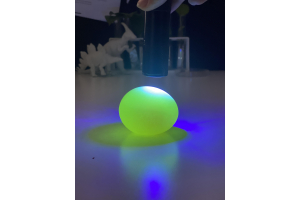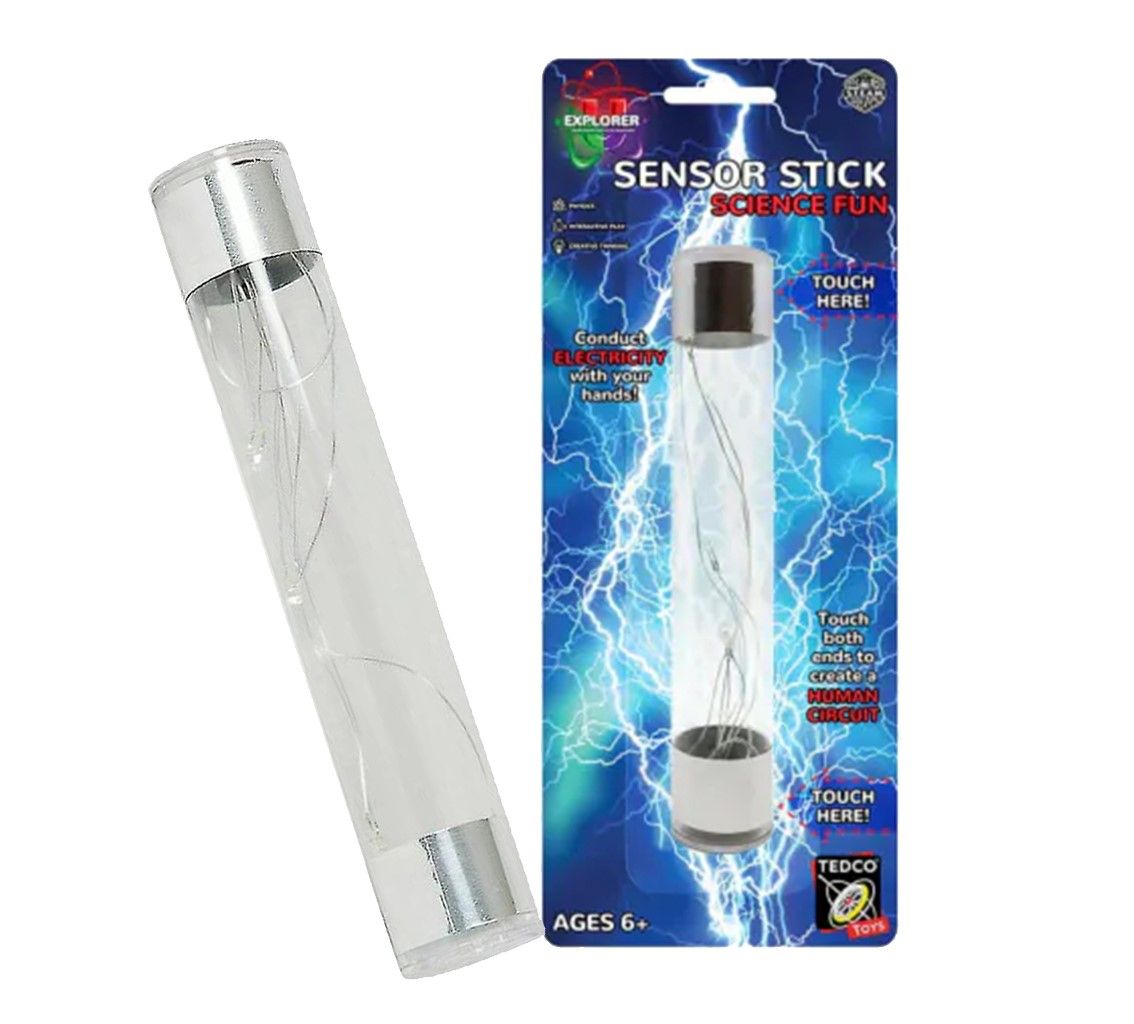Make Your Own Fossils
Posted:
July 26, 2017
Categories:
Mini Beasts
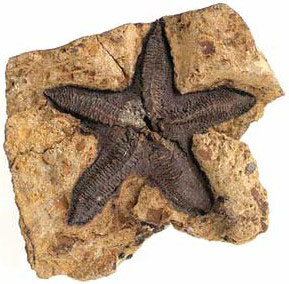
Make Your Own Fossils
Fossils are the remains, impressions or traces of ancient animals or plants, which have been preserved in the earths crust for thousands of years. For a bit of fun, why not make your own fossils of treasures you find at the beach or in your garden? Its easy to make lasting fossil impressions either using pre-prepared clay or Plaster of Paris from the shop, or by making your own authentic-looking dough.
Suitable for kids aged 5+
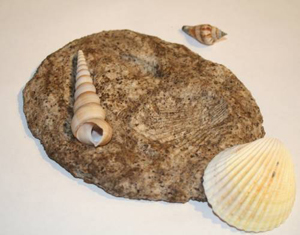
You Need:
- 1/2 cup of flour
- 1/2 cup of used coffee grounds
- 1/4 cup of salt
- cup of sand
- Water
- Mixing bowl and spoon
- Fossil Objects (sea shells, plastic dinosaurs, leaves, or other small objects)
- Optional: Plater of Paris, store-purchased clay
What to do:
- To make your authentic-looking dough, mix all the dry ingredients together in the bowl.
- Add water a little at a time until you have a thick dough. It needs to be about the right texture not crumbly, but not too wet and sticky either.
- Knead the dough with your hands, and then flatten it on your work surface. It needs to be a couple of centimetres thick.
- Carefully press your fossil objects into the clay until you get good impressions, then remove them.
- Let your clay fossil dry thoroughly for a few days.
Why is it so?
Fossils give us a window into the past. They are remains of past life preserved in rock, soil or amber. Generally, the remains were once the hard parts of an organism, such as bones and shell, although very occasionally soft tissues also fossilize. There are different types of fossils trace, mineralised fossils, impression fossils because remains can be preserved in a variety of ways. Much of what we know about plants and animals that lived long ago was discovered by scientists who have studied fossils.
